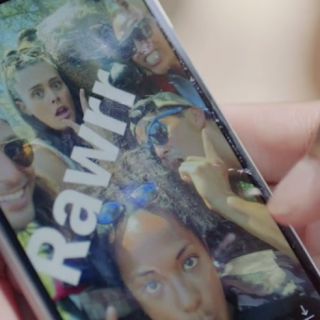The B2B customer purchase journey is changing dramatically and fast!
By now digital transformation has reached almost all businesses and, although B2B started a bit later than the B2C sector, it is rapidly evolving.
We’ve noticed some key trends in the last few years or so which are revolutionising this industry and which marketers should not ignore.
Firstly, the research phase is very important in B2B. As marketers, we need to understand that potential buyers are looking for a solution to deploy within their business and therefore we’re talking about a massive order value and, logically, more time to make a final purchase decision.
While nurturing is part of the process to drive buyers to the final stage of the purchase funnel, research is crucial. Indeed, one Google B2B study noticed that the average number of search queries on Google, prior to arriving at the brand consideration stage, had reached 12 search queries on average against six only two years ago. Once the research is done, the prospect will consider only two brands and will visit the site ONCE.
It means that:
- Research is done online so you need to be visible during this phase
- You need to intelligently target your prospects so that by the time the research is done you will be in the top two considered brands
- Your site content needs to attract prospects so you really need to offer the content the prospect is looking for when landing on the site
Secondly, the audience is changing. Millennials already represented 46% of the audience in 2014 against 27% in 2012 and this number is increasing. Another trend shows that it’s not only the IT decision-makers who are involved in the search of products or services anymore, but also other people across the organisation – from the COO to the CFO, most of the Senior Business executives are involved!
Thirdly, if we consider millennials (18-34) as our main target audience, we need to take into consideration that they are very active on social channels, on mobile and consume a lot of video content. 85% of them use social channels to research products and 82% consider mobile devices important during this phase. They consume two to four distinct pieces of content – especially video – at every stage of the purchase journey. Indeed, content and content distribution are now also part of the strategy. While it may be logical, too little is done in this area.
In a nutshell, we now have to build a smarter strategy to attract and acquire those new B2B prospects if we want to be successful. As marketers we now need to look at the research phase a bit differently. We can, for example, spend more marketing budget during this phase – bid on some more generic keywords in Adwords, serve better educational content via mobile and be present on the social channels like LinkedIn or YouTube.
In addition, we need to segment our audience so we reach not only the Business Decision-Makers, but also other influencers within the company. This is a team decision, after all!
Achieving efficiency and results is not easy but necessary to succeed in this area.



